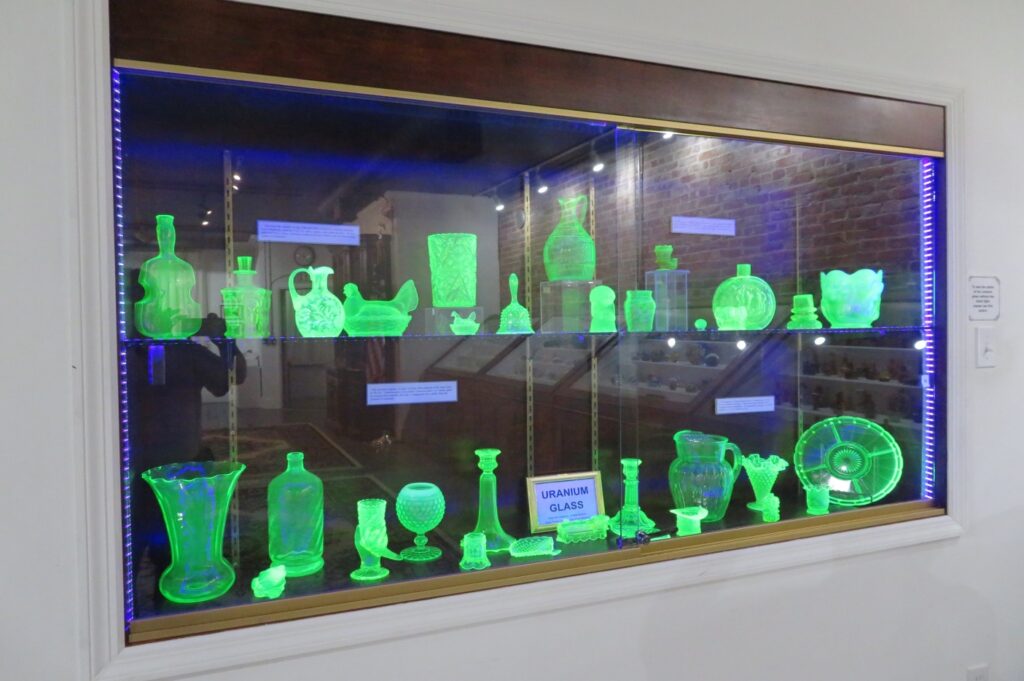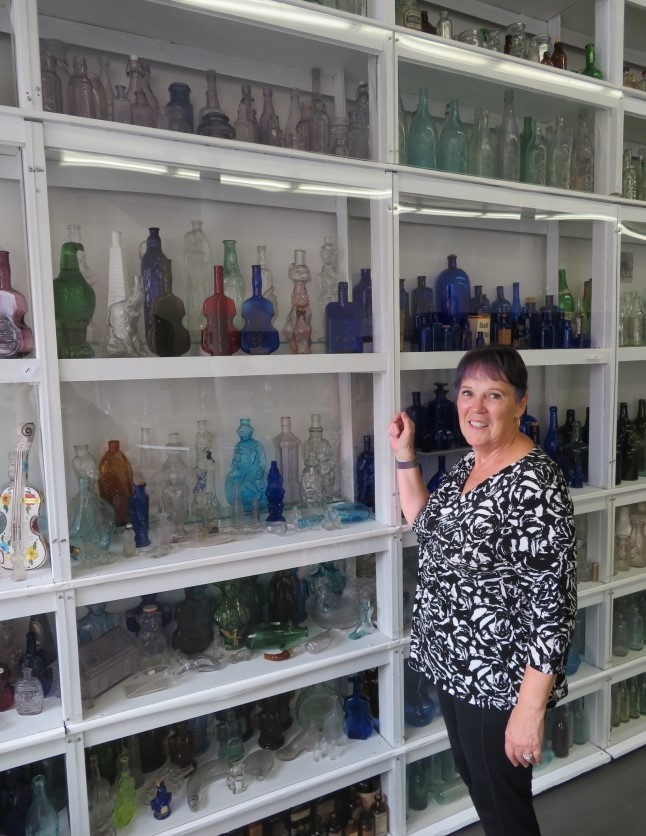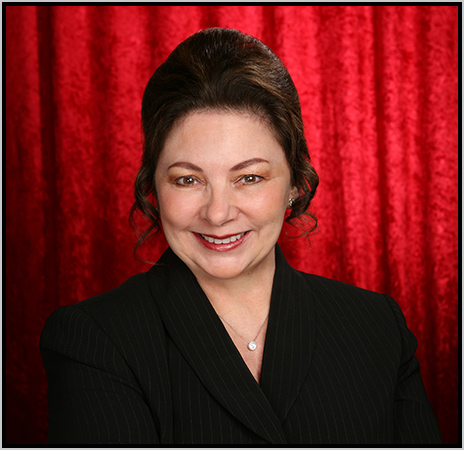Something people don’t realize, is that every pharmacy, every producer of patent medicines, every brewery, dairy farm and manufacturer, required hand-made glass bottles. Machine made bottles were not manufactured until after Michael Owens patented his inventions in 1903.
One of the museums most unusual collections is that of uranium glass. It is also known as Vaseline glass, as the product came in it, or canary glass, for its yellow color. Uranium glass was first used by a German chemist in 1789, using uranium salt in the oxide diuranate form, which is added to the liquid glass, in amounts from 2 to 25%. It shows best under a black light.
There was also an exhibit of painted soda bottles, fruit jars, and coca cola bottles. Collectors donate or put on loan their collections, and once a year the National Bottle Museum sponsors its own Bottle Show and Sale, which draws dealers and collectors from all over, and is their annual fundraiser.
Meg said she began collecting at thirteen, favoring yellow radium glass, and bottles in a violin shape. I certainly saw plenty of cobalt glass to drool over, and was interested in the apothecary jars. Their website offers some good information on how to clean the inside of found bottles while still protecting the label, as many old bottles can contain irritants, or caustic, corrosive, poisonous or harmful narcotics. The exhibit was thoroughly enjoyable and we learned a lot.


 The official website of Lita-Luise Chappell, writer on sex, magic, food, distant lands, and everyday life with articles, poetry, novels, travelogues, rituals, cookbooks, and short-stories.
The official website of Lita-Luise Chappell, writer on sex, magic, food, distant lands, and everyday life with articles, poetry, novels, travelogues, rituals, cookbooks, and short-stories.
